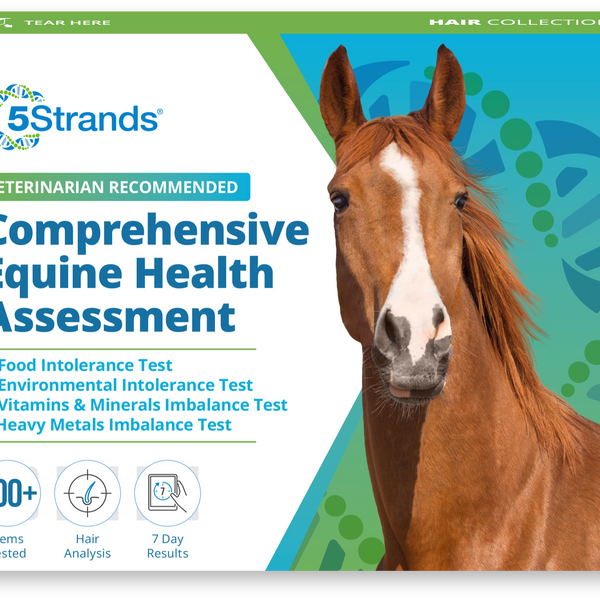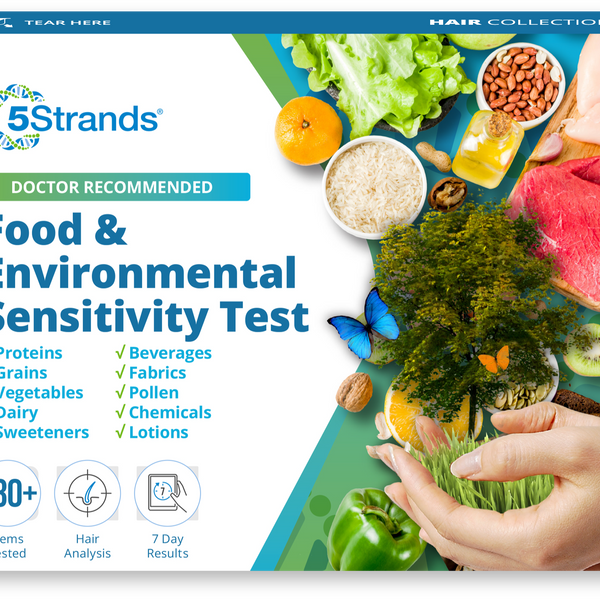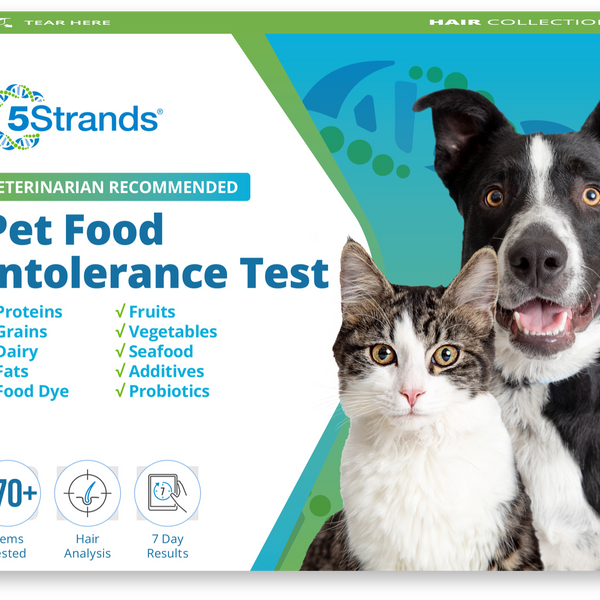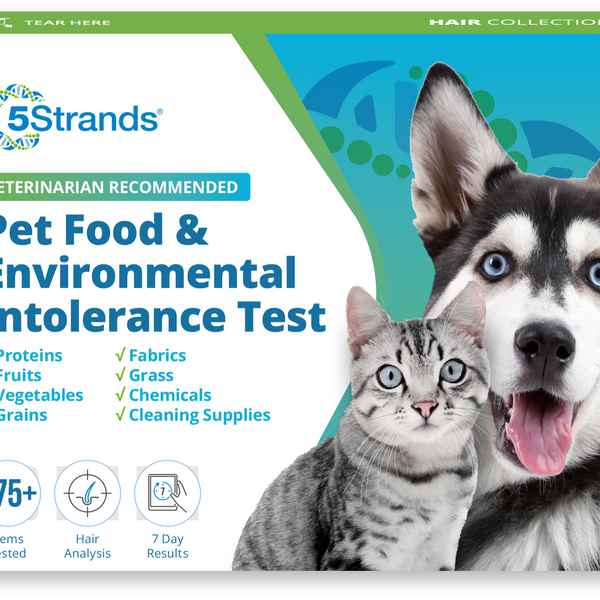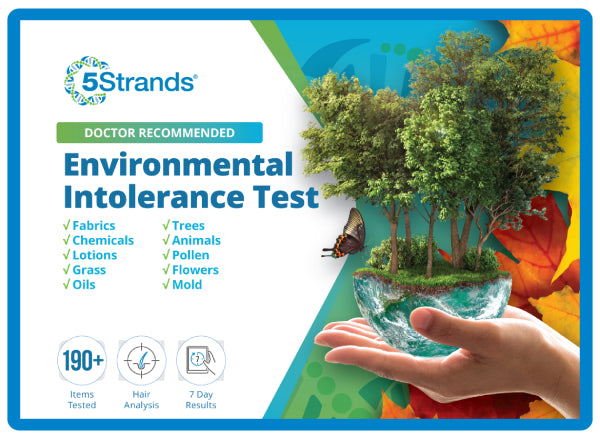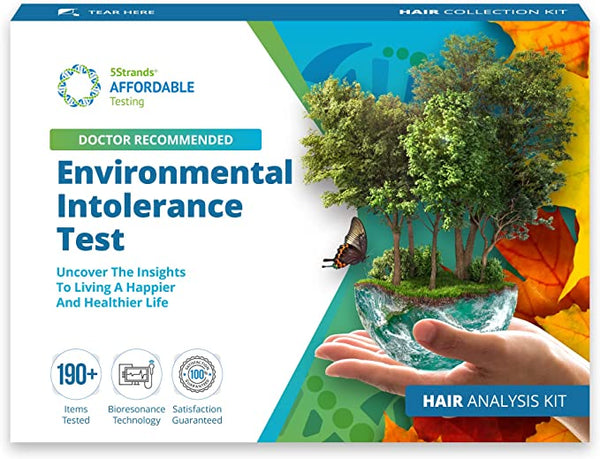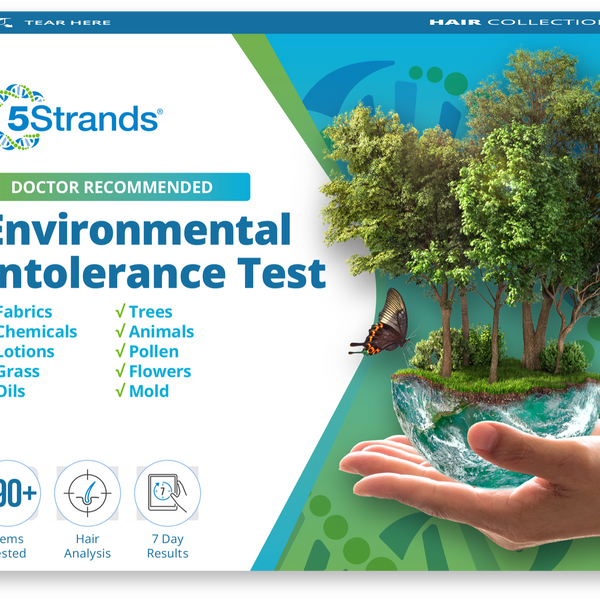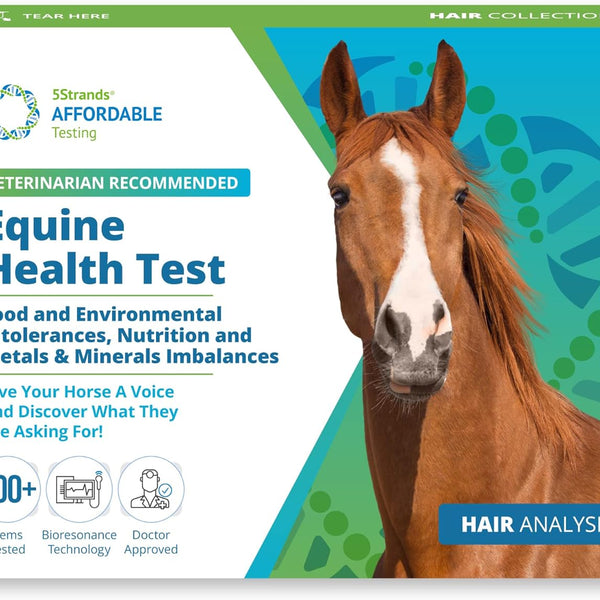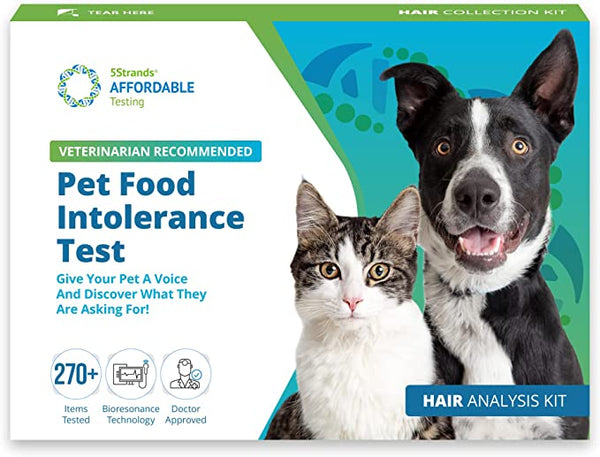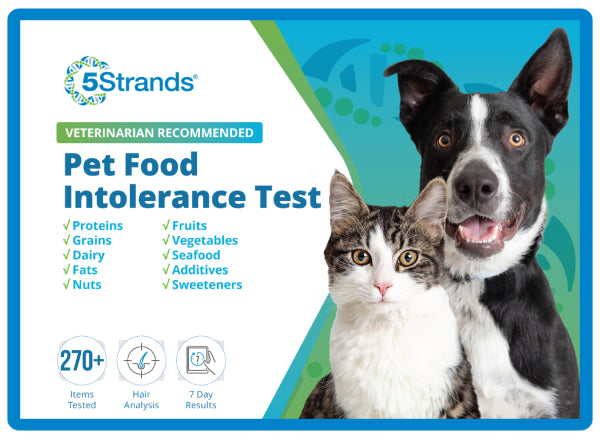Can dogs have food allergies? You may be surprised to know that true food allergies in dogs are rather rare.
In fact, according to the 2018 State of Pet Health Report by Banfield Pet Hospital, research showed food allergies only affect 0.02% of dogs. Allergies can be life threatening for humans but in our canine friends, symptoms are typically less severe and will be somewhat different than our symptoms.

Allergies
What is a food allergy?
A food allergy can happen when there is an actual flaw in your dog's immune system. It is not the food itself. Their immune system mistakes a safe food item as a threat or invader and responds as if their body is under attack by a disease causing invader. The immune system powers up and releases a chemical called histamine in order to fight off the perceived threat.
Why do dogs have it?
Allergies can develop at any time. Even if your pet has been consuming a particular food for a few years without any issues, they can suddenly develop an allergic reaction.
What are they reacting to?
Their body starts to form antibodies against a specific food item. Most of the time it will be a specific protein. However, it is possible for a dog to react to some other ingredients such as grains or soy.
Symptoms of food allergies in dogs:
Signs of a severe allergic reaction would include hives, swelling in the face, excessive drooling, difficulty breathing, bluish color of the tongue and gums, vomiting or diarrhea. If you suspect that your pet could be experiencing anaphylaxis, you need to contact your veterinarian emergency team immediately. Other more subtle changes such as hyperactivity, weight loss, lethargy, and even aggression can also occur.
Note: Flea and environmental allergies are much more common in dogs than a food allergy. Symptoms can be the same, so it is difficult to diagnose, except by a veterinarian professional.
How is it diagnosed?
The best and most accurate method of diagnosing a food allergy is through a food trial or elimination diet. This can last anywhere between 8 weeks to 6 months. You will want to feed your dog a hypoallergenic diet that does not contain any ingredients your pet has eaten in the past. This also means that you can not feed them any other food, treats, supplements, vitamins, table scraps, or medicines that may be flavored. It is extremely important that this be consistent and monitored in order to determine the food item that may be triggering the symptom. If the symptoms clears up and go away, then your pet has a food allergy.
The second stage of the trail is to go back and feed your dog the same food they had been consuming prior to the elimination plan beginning. If the symptoms reoccur, then your dog has a food allergy. But wait! You are still not done. You now have to target the specific food ingredient causing the issues. This is done by going back to the specialized diet for the elimination plan. Wait until the symptoms go away again, and then start what we call the reintroduction process. You can begin by adding in one new ingredient into your pet’s diet that they used to eat. After a few days if you do not see any changes, then you know that particular food is not the trigger and they can continue to eat it. Now add another food item your pet was used to eating. Keep doing this until they exhibit the symptoms again. Once you see the symptoms, you have probably found the food item that is triggering the allergic response.

Now you can see how this process can take up to 6 months to sort out!
How do we treat it or cure it?
Unfortunately there is no cure for a food allergy. The only treatment is avoidance of the offending food item. If you do not feed your dog the ingredient that triggers the allergic response, they should be fine. Medications can help short term or during an episode but most of the time, keeping the pet on a hypoallergenic diet can do the trick. There are many commercial brand foods on the market. Buying "Novel Proteins" such as Rabbit, Venison, Alligator, or Kangaroo, can be used in place of the more common protein sources as long as they have not consumed this before and reacted to it. Hydrolyzed protein prescription diets are manufactured to break down the protein source so that the dog’s immune system will not recognize them as a threat. But before you buy something that is not useful or could be harmful to your pet, seek the guidance of your veterinarian. If a commercially prepared food is not suitable for your pet, you may have to consider doing a home cooked diet. Keep in mind that once a dog has developed an allergy to a particular food item, they could potentially develop other food related allergies in the future or suffer from other types of allergies such as an environmental allergy.
Intolerances
Seeing results from an elimination plan or food trial may not guarantee that your dog has a food allergy. Sometimes you may find out that your dog is suffering from a food intolerance.
What is a food intolerance?
While allergies and intolerances may produce a similar reaction or response in your pet’s body, an intolerance is different in many ways. A food intolerance is a non-immune system response. The pet’s body has an inability to process and digest certain food items. Mostly due to lack of the digestive enzymes. It is not life threatening.
Why do dogs have it?
The main reason your dog will develop intolerances is that they lack the digestive enzymes to break a particular food down. In addition, inflammation, infections, surgery, and some medications can damage the lining in their digestive system which could lead to intolerances.
What are they reacting to?
We know that the longer the exposure to a particular food, the more likely a dog is to develop a sensitivity to that food. That’s one reason that feeding your dog the same thing for many months or years can lead to intolerances. Since the reaction does not involve the immune system, their body is not creating antibodies. The reaction is actually at the T-cell level. It creates an inflammatory type response.
Symptoms of food intolerances
If your pet is experiencing food intolerance symptoms, they will typically show up as digestive symptoms such as gas, bloating, belching, vomiting, or diarrhea. In addition, we can also see skin issues such as itchiness, redness, biting, scratching, bacterial or yeast infections.

How is it diagnosed?
The “gold” standard in diagnosing a food intolerance is the elimination plan. The process is much like the process that you would follow for determining a true allergy. Unlike a true allergy (your pet would have to consume a food item at least twice for the antibodies to form), with an intolerance, your pet can have a response the first time they consume a food item.
Changing your pet to a hydrolyzed protein diet or a commercially prepared novel protein diet may not work when determining food intolerances. Your dog can have a potential intolerance to just about any ingredient in a commercially prepared canned or kibble product. Not only would this mean an issue with a protein source, but it could be a fruit, vegetable, additive, food coloring, favoring, synthetic vitamin or mineral. The majority of the commercially prepared dog foods that are on the market have synthetic vitamins and minerals added. Most of our dogs will have difficulty processing these ingredients, and it's not the protein source we need to worry about but all of these additives.
In order to accurately conduct the elimination plan to determine food intolerances, you will need to consider doing a home cooked or raw diet for your pet. That would consist of feeding your dog a single protein and vegetable source during the initial 6-8 weeks for the elimination plan. If you picked the correct protein and vegetable source and have eliminated everything else, you should see improvements in your dog's symptoms after about 2-3 weeks. If there is no change visible, then you may have picked the wrong protein and vegetable source. Now you will have to start all over again with another combination. This process can take a long time before you figure out the correct combination.
What if there was an easy way to give yourself a guideline to follow? A guide that takes all the guesswork out of this process.
5Strands Affordable Testing has created a simple at home hair analysis test using bioresonance technology that will determine all of the food items that your dog is having an intolerance to. In one simple test, you will receive a report that will indicate all of the items your dog showed a response to and all of the items they did not respond to. You will be able to conduct an elimination plan and then be able to start reintroducing foods right after the elimination period. No need to spend weeks trying to figure out what you can and can not feed your furry friend! 5Strands testing results will save you so much time and energy.

The 5Strands Pet Food test will test your pet against over 255 food ingredients found in most commercially prepared foods. It will include proteins, grains, fruits, vegetables, seafood, additives, preservatives, food colorings and flavorings. If the elimination guideline is overwhelming for you, they also have a Certified Pet Nutritionist on staff. Tazz Latifi offers consultations at a nominal fee to customers. She is able to assist pet owners with specific recommendations on how to manipulate the pet’s diet in a safe and healthy way.
How do we treat it or cure it?
Avoidance is the initial treatment. Once you have identified the offending food items, you can slowly reintroduce them back into your pet’s diet. Sometimes they will be able to tolerate the once offensive food in moderation. As each pet is unique, their “dosing” factor will vary also. Some pets will be able to eat a food item 4 times per week without developing any symptoms while others may be only able to eat the same food 2 times per week. This is part of your discovery process during the reintroduction phase of the diet.
In addition to feeding in moderation, you should be feeding your pet different food in rotation. This would involve feeding your dog 3-4 different protein/vegetable sources in rotation. This will also help to ensure better nutritional balance in the diet. In addition, it will help reduce the likelihood of your pet developing intolerances again.

